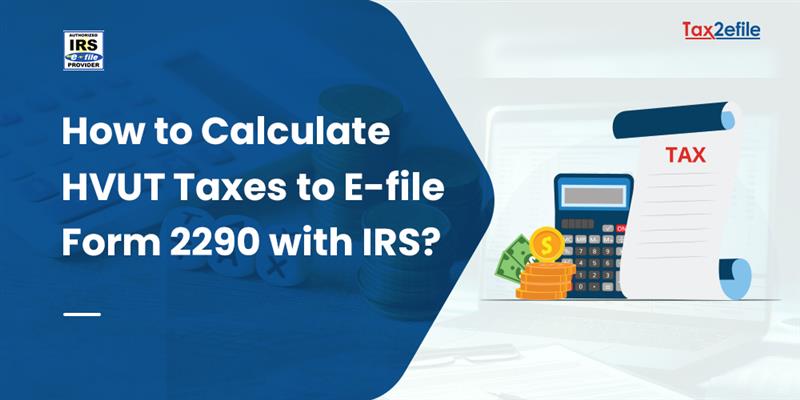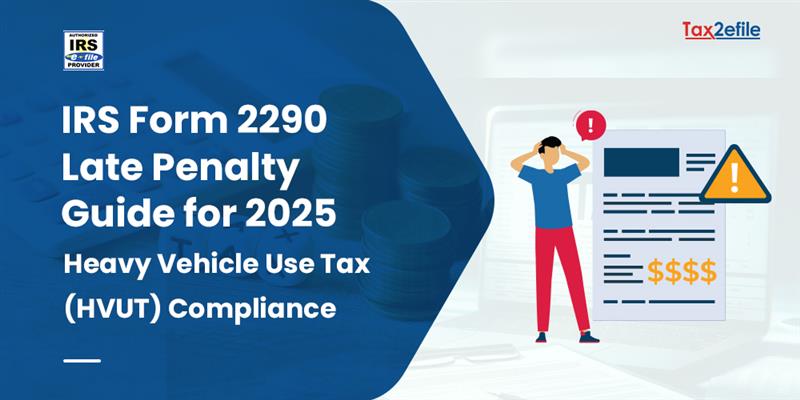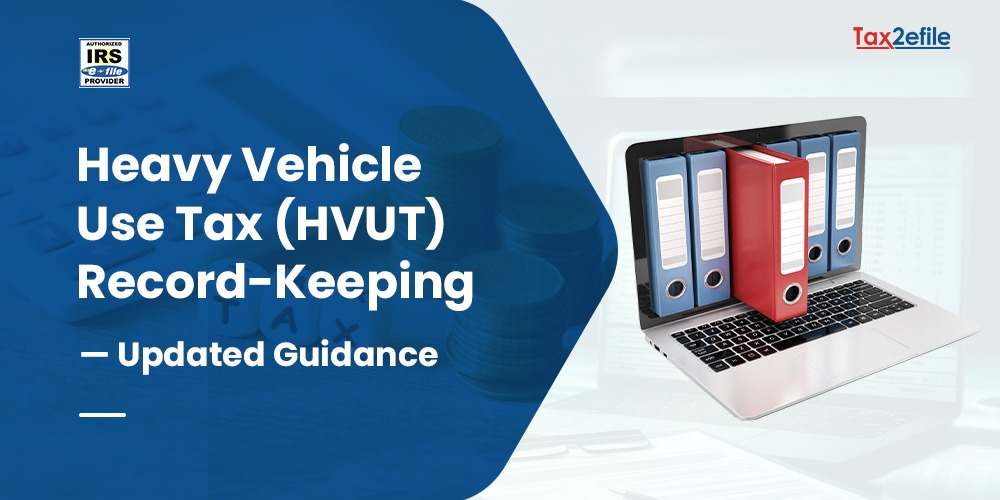- May 4, 2014
Essential details that are clearly provided by truckers in Form 2290 will help determine the exact excise tax slab. The EIN-Employers Identification Number(not SSN), the VIN-Vehicle Registration Number, and the taxable gross weight of each vehicle are the most essential of Form 2290. In this, the taxable gross weight of the vehicles undergoing excise tax formalities through Form 2290 is the potential lead to assess the excise tax payable by the truckers to IRS.
As per IRS instructions, the taxable gross weight of a vehicle but other than a bus total the three criteria and they are as follows-
a) The real unloaded weight of the vehicles that are fit and fully equipped for services.
b) The real unloaded weight of the attachments like the fully equipped trailer or semitrailer which are commonly used for services by linking with the main vehicles
c) The real weight of the maximum load generally carried on the vehicle as usual practices along with the attachments and merging of any trailers or semi-trailers for the services.
The real unloaded weight of the vehicle means that the vehicle is empty and therefore the real weight of the vehicle without a load. The weight will also be an important factor to take into account attachments like merging or linking of any trailers and semi-trailers commonly used along with the main vehicle for any service but whereas the main vehicle should have the facility to equip to be attached to trailers and semi-trailers. “The fully equipped” word means the service provided by the vehicle which is including its own body and accessories, equipment, and other parts attached to it or any of these carried on the vehicle for operations or maintenance including the full supply of fuel, oil, and water. This excludes the driver and other parts and equipment which are used in handling and preserving cargo and some special equipment like air-compressor, cranes, and oil-field specialized machinery.
\
The real weight of the buses is normally determined by its actual unloaded weight without any passengers but the weight will include the 150 pounded of each seat including the driver seat and as well as passenger seats. This weight determination is important in the context that the taxable gross weight of the vehicle varies in the treatment of formalities of various states in the USA. IRS, therefore, cautions that the weight declared for registering a vehicle in a state may affect the taxable gross weight used to figure the tax. States in the USA follow different guidelines and IRS in its form 2290 instructions cautions the truckers when figuring the excise tax to be based on three factors viz., registration of the vehicle in a state which follows specific gross weight, states that follow only gross weight category for vehicle registration, and states which follow the real unloaded weight of the vehicles for registration.
Figuring the excise tax 2290 by knowing the exact taxable gross weight guidelines as provided by IRS will help truckers, fleet-owners, and bus-operators to e-file form 2290 in a timely manner every year and tax period being July 1st, 2014 to June 30th, 2015 and for any first use of the taxable gross weight of the heavy vehicle on the national highway in April 2014 and then must e-file form 2290 tax by May 31st, 2014 through


